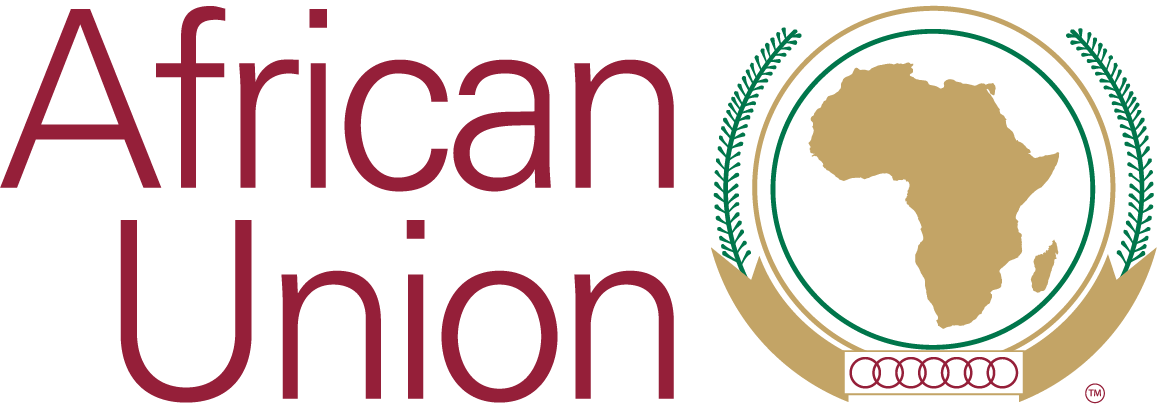East African Community (EAC)
Official Website http://www.eac.int
EAC
The East African Community (EAC) is the regional intergovernmental organisation of the Republics of Kenya, Uganda, the United Republic of Tanzania, Republic of Burundi and Republic of Rwanda with its headquarters in Arusha, Tanzania.
The EAC aims at widening and deepening co-operation among the partner states and other regional economic communities in, among others, political, economic and social fields for their mutual benefit.
The East African Community (EAC) is the regional intergovernmental organization of the Republics of Burundi, Kenya, Rwanda, Uganda and the United Republic of Tanzania with its Headquarters in Arusha, Tanzania. The Treaty for Establishment of the East African Community was signed on 30th November 1999 and entered into force on 7th July 2000 following its ratification by the Original 3 Partner States – Kenya, Uganda and Tanzania. The Republic of Rwanda and the Republic of Burundi acceded to the EAC Treaty on 18th June 2007 and became full Members of the Community with effect from 1st July 2007.
Aims and Objectives
The EAC aims at widening and deepening co-operation among the Partner States in, among others, political, economic and social fields for their mutual benefit. To this extent the EAC countries established a Customs Union in 2005 and are working towards the establishment of a Common Market by 2010, subsequently a Monetary Union by 2012 and ultimately a Political Federation of the East African States.
Enlargement of the Community
The realization of a large regional economic bloc encompassing Burundi, Kenya, Rwanda, Tanzania and Uganda with a combined population of 120 million people, land area of 1.85 million sq kilometres and a combined gross domestic product of $ 41 billion, bears great strategic and geopolitical significance and prospects of a renewed and reinvigorated East African Community.
Current status
The regional integration process is at a high pitch at the moment. The encouraging progress of the East African Customs Union, the enlargement of the Community with admission of Rwanda and Burundi, the ongoing negotiations of the East African Common Market as well as the consultations on fast tracking the process towards East African Federation all underscore the serious determination of the East African leadership and citizens to construct a powerful and sustainable East African economic and political bloc.



